- Joined
- Jun 23, 2012
- Messages
- 579
Dear Pricescopers,
Again I am helping a friend of ours to look for a stone. It will be a RHR, not an engagement ring, thus she consideres J I1 stone for this project, however it should be eye-clean and not pose any durability issues.
Could you please comment on the quality of the cut on this stone. It scores 1.5 on HCA. Would it be right to expect a decent amount of fire with such cut?
Vendor claims the stone to be eye clean. Well, I would not know until we evaluate this in person. But would it be correct to presume that the feathers should not be a huge durability issue, as all of them are marked as not reaching the surface?
Thanks
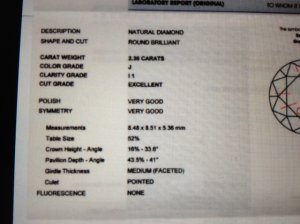
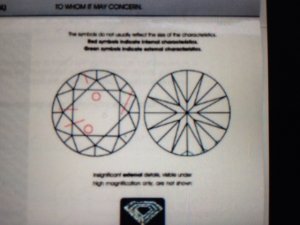
Again I am helping a friend of ours to look for a stone. It will be a RHR, not an engagement ring, thus she consideres J I1 stone for this project, however it should be eye-clean and not pose any durability issues.
Could you please comment on the quality of the cut on this stone. It scores 1.5 on HCA. Would it be right to expect a decent amount of fire with such cut?
Vendor claims the stone to be eye clean. Well, I would not know until we evaluate this in person. But would it be correct to presume that the feathers should not be a huge durability issue, as all of them are marked as not reaching the surface?
Thanks



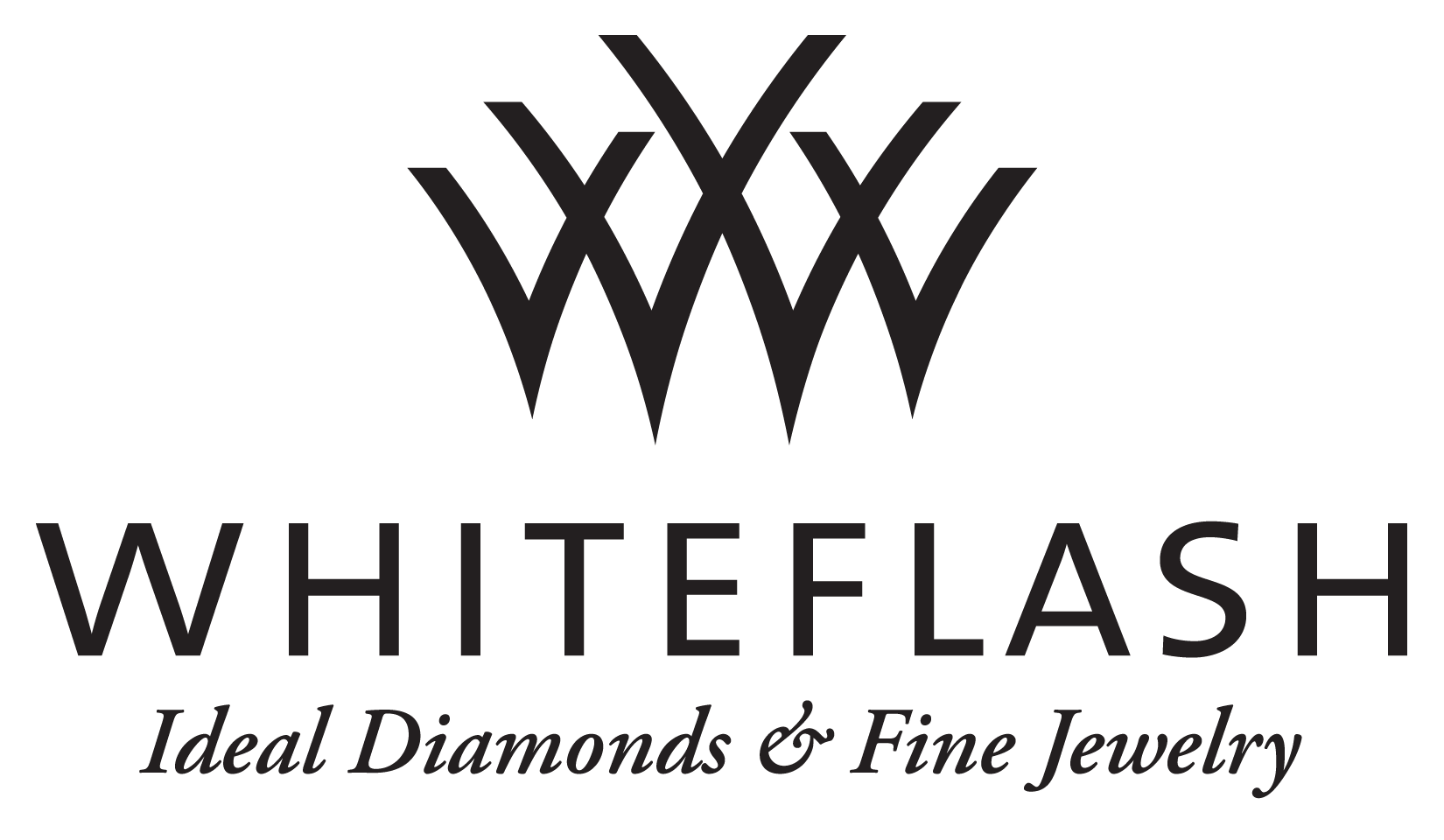
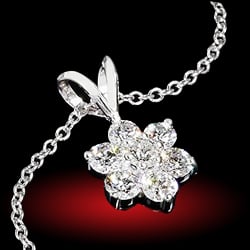
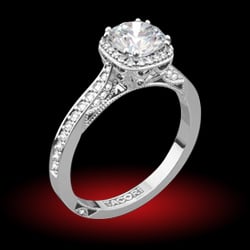
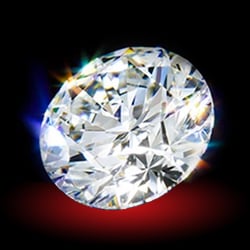


300x240.png)